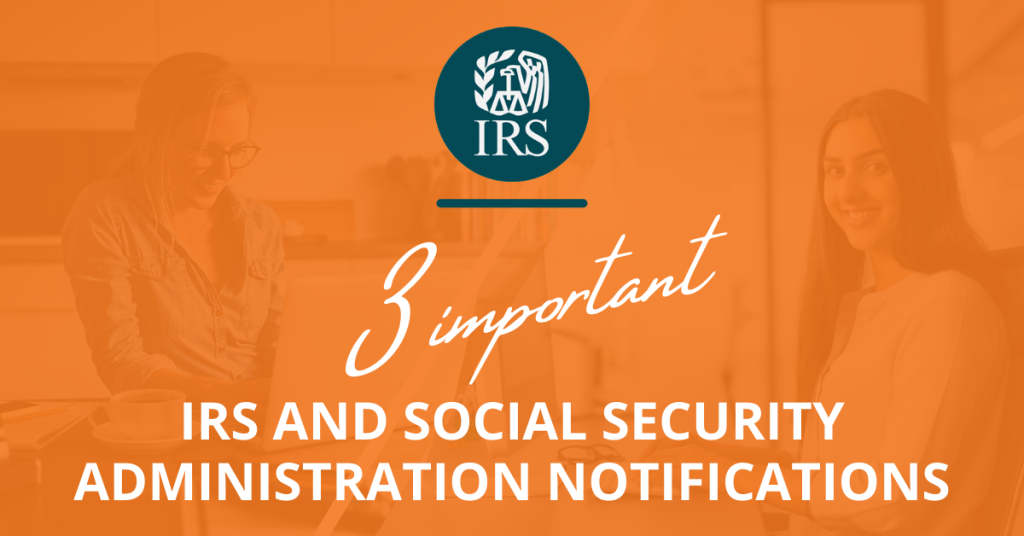
The Internal Revenue Service’s new feature allows families to easily update their mailing address for their Child Tax Credit Payments.
Any family can easily have their October check and all future checks sent to their new address by using the Child Tax Credit Update Portal to make an address change request. To have the change take effect in October, people need to complete the request before midnight Eastern Time on Thursday, September 30th. Families can still make changes after that date, but their request will not be effective until the next scheduled monthly payment.
If you change your mailing address using the Child Tax Credit Update Portal, the IRS will use this updated address for all future IRS correspondence. This will include a letter (Letter 6419) to taxpayers receiving payments by check or direct deposit.
Families will need Letter 6419 to fill out their 2021 federal income tax return next year. This is important because, for most families, the advance payments they are receiving during 2021 cover only half of the total credit. They will claim the remaining portion on their 2021 tax return.
The address change feature joins a growing set of services available through the Child Tax Credit Update Portal. Available only on IRS.gov, the portal already allows families to verify their eligibility for the payments and then if they choose to:
- Switch from receiving a paper check to direct deposit;
- Change the account where their payment is direct deposited; or
- Stop monthly payments for the rest of 2021.
The Social Security Trust Fund Board Projects New Limits For 2022 And Beyond
Each year the Board of Trustees of the Social Security Trust Fund reports on the financial condition of the social security program.
The social security tax has a wage base limit. The wage base limit is the maximum wage that’s subject to the tax for that year. For earnings in 2021, this base is $142,800. The board projects that the social security wage base will be $146,700 in 2022 and increase to $201,300 by 2030. The formal announcement of the 2022 wage base will not come until mid-October.
The projections, which are based on social security program provisions in current law and are only an indication of the expected trend, and do not consider any changes in these provisions that might be made in the future.
2021 Year-end Changes Related To COVID-19 Employee Tax Credits
The IRS released the 2021 Form W-2, Wage and Tax Statement, Form W-3, Transmittal of Wage and Tax Statements, and the General Instructions for Forms W-2 and W-3. The instructions have been updated to address how employers should handle COVID-19-related employment tax credits.
What’s New
There are two items of particular interest related to COVID-19 related items:
- Potential discrepancies when reconciling Forms W-2 and W-3 with Forms 941 and 944 due to COVID-19-related employment tax credits.
Employers might have discrepancies when reconciling Forms W-2 and W-3 with Forms 941 and 944 if COVID-19 tax relief was taken in 2020. Paid qualified sick leave and family leave wages are not subject to the employer’s share of social security tax. Also, the deferred amount of the employee share of social security tax is reported on Forms 941 and 944, but it is not reported on Forms W-2 and W-3.
- Reporting deferred employee share of social security tax from 2020 that is withheld in 2021.
Employee social security tax-deferred in 2020 withheld in 2021 and not reported on the 2020 Form W-2 should be reported in Box 4 on Form W-2c. Enter tax year “2020” in Box c and adjust the amount previously reported in Box 4 of the Form W-2 to include the deferred amounts withheld in 2021. All Forms W-2c should be filed with the Social Security Administration, along with Form W-3c, as soon as possible after withholding the deferred amounts.
For more information, see the IRS webpage on Form W-2 instructions.
